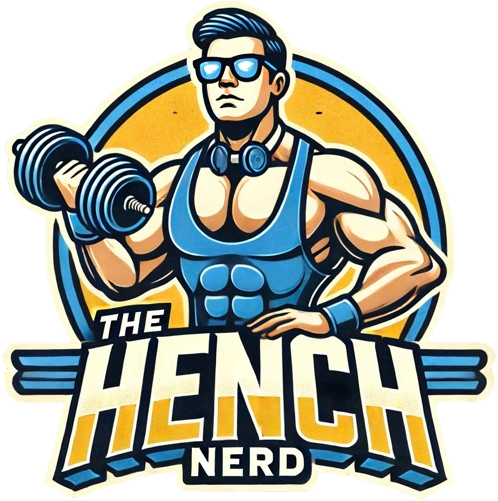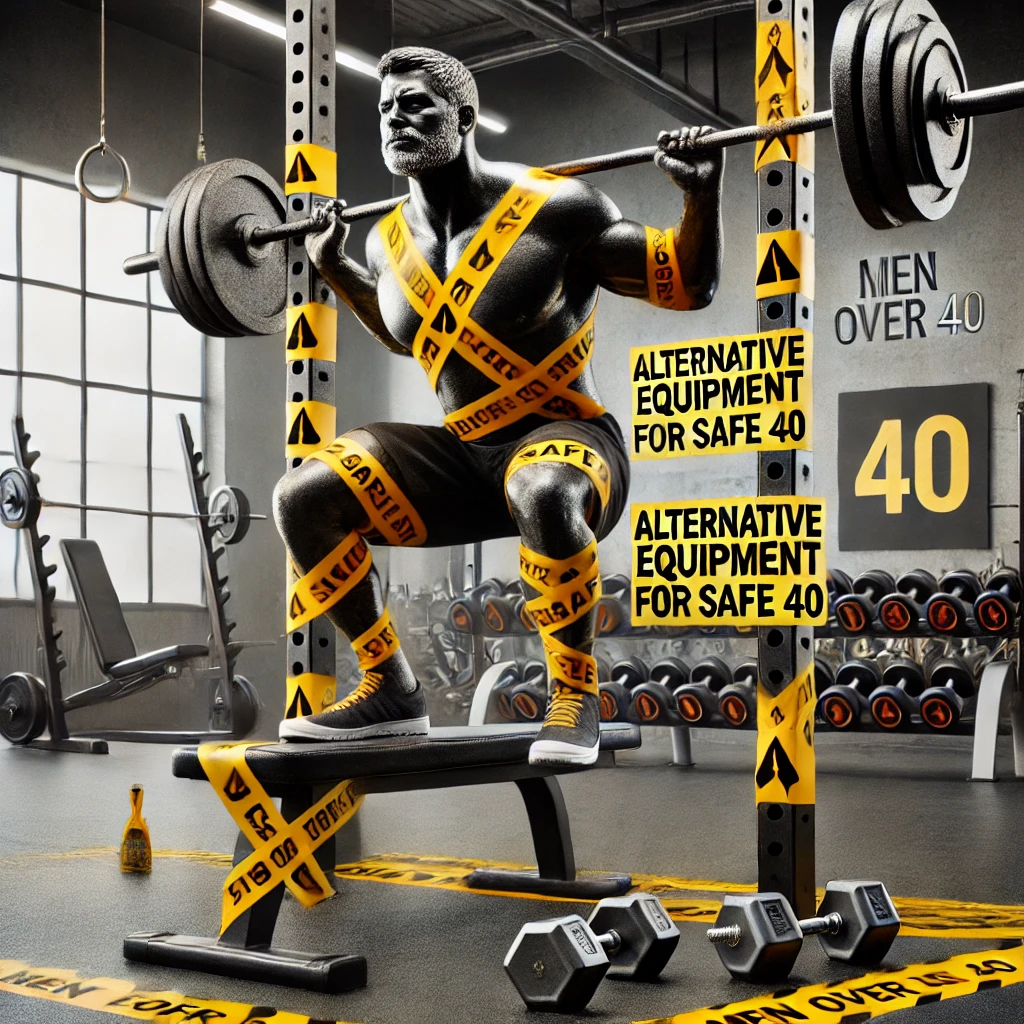How to get the Swimmers Body Male: 8 Uncomfortable Fitness Myths
In this article, you will not only learn how to get the swimmers body male, but you’ll also understand why our perception of achieving a physique like our favourite celebrity or sports star might be unrealistic. I’m sure this won’t be the last time I write a post covering fitness myths debunked.… Read the rest










